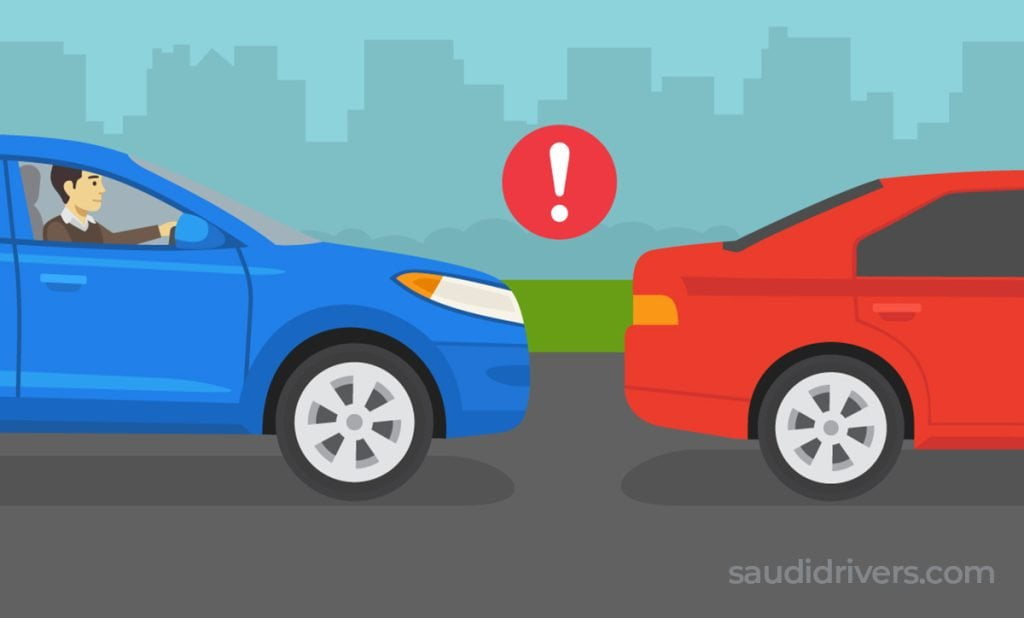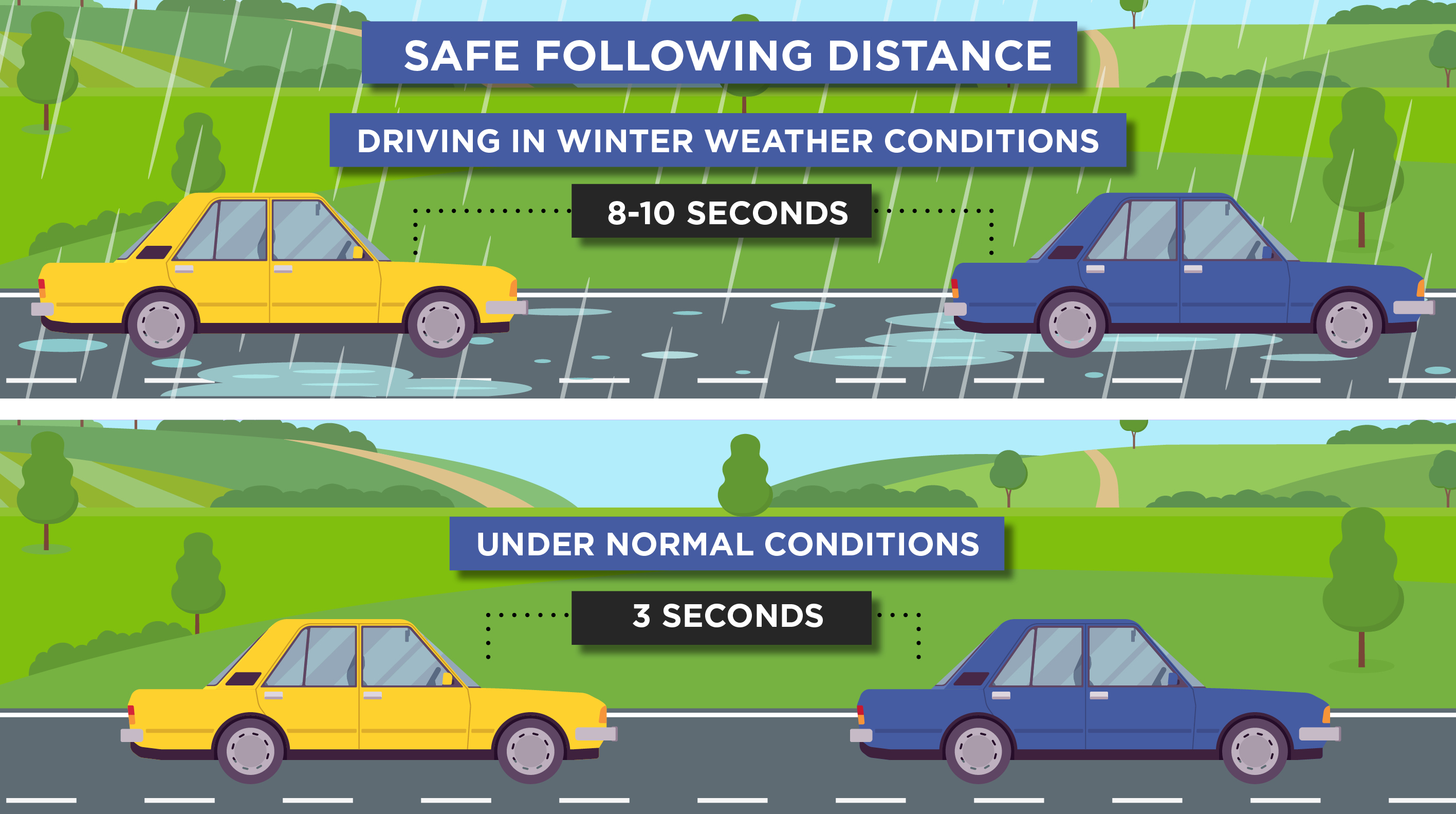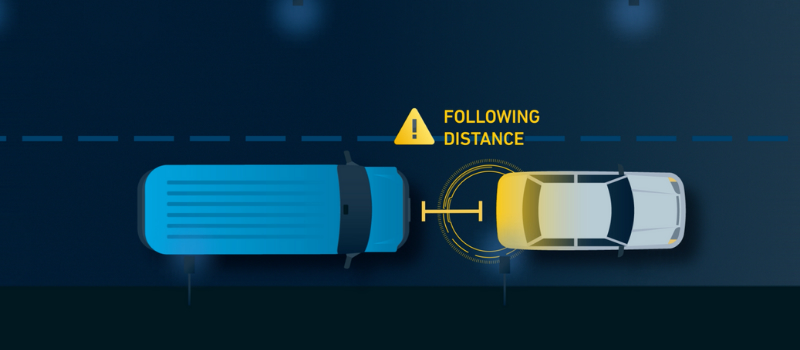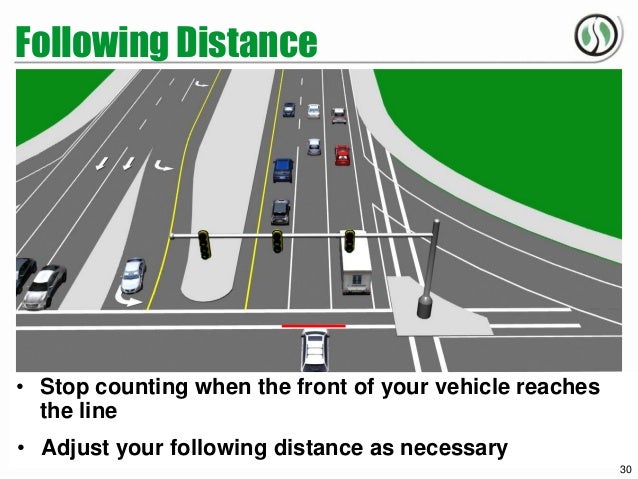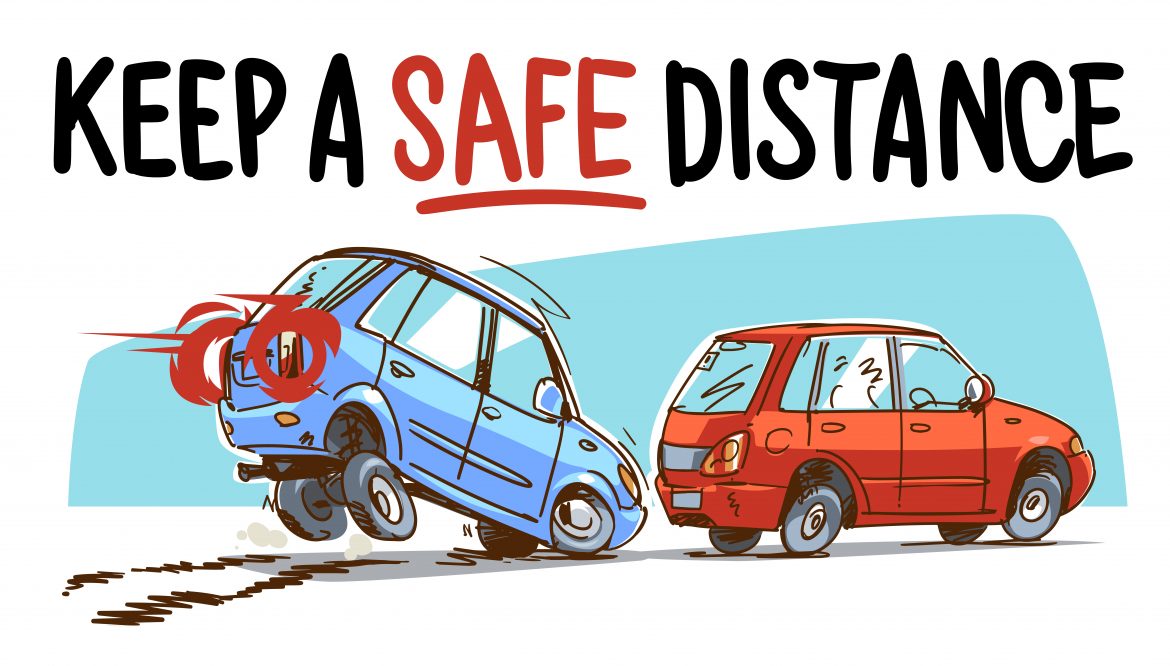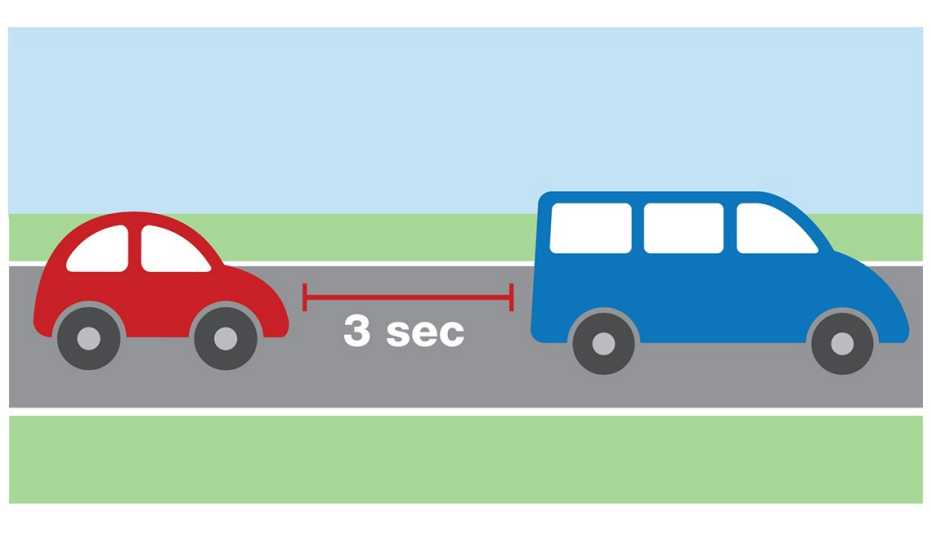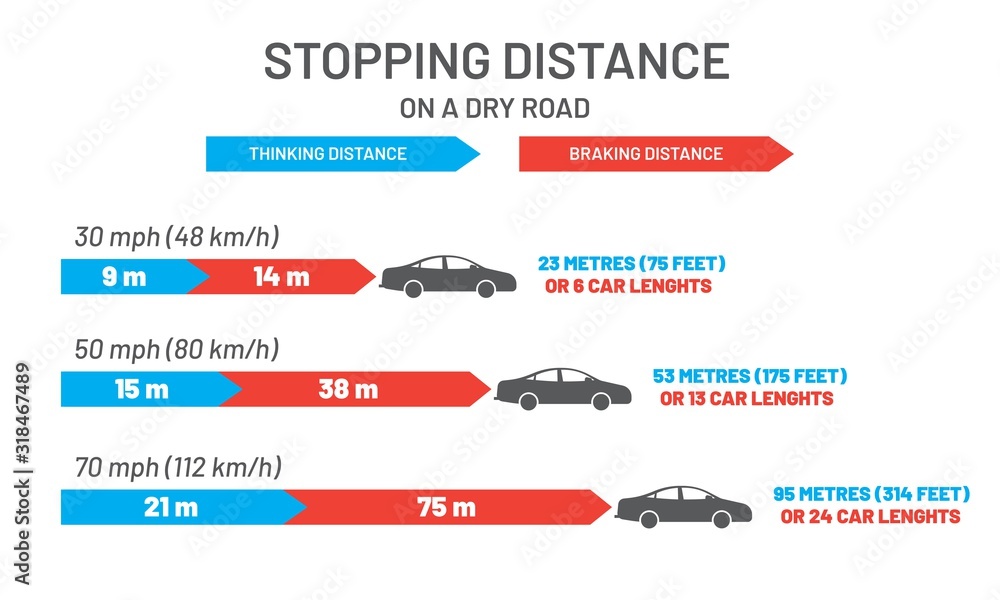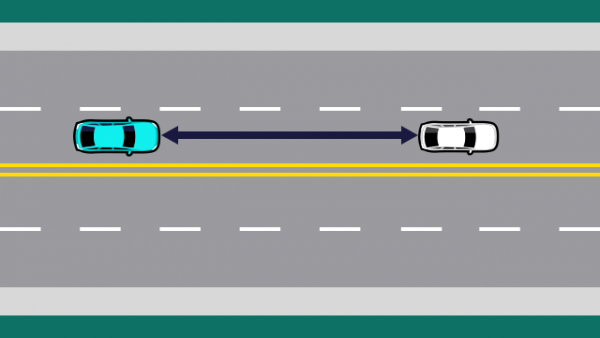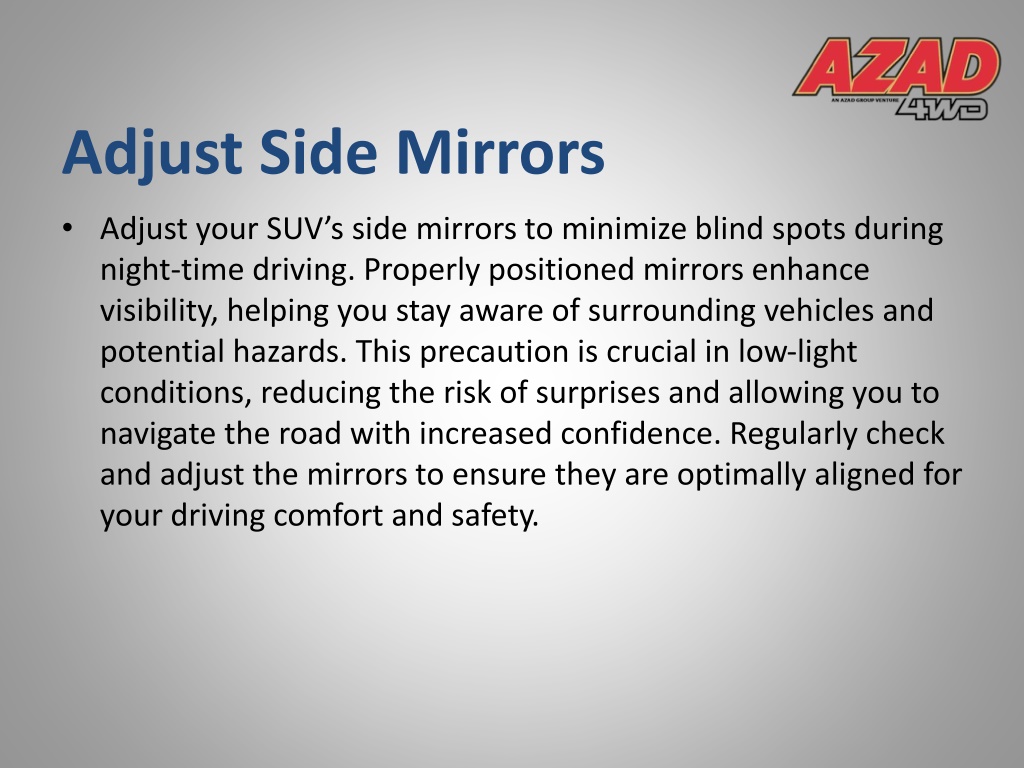At Night How Should You Adjust Your Following Distance
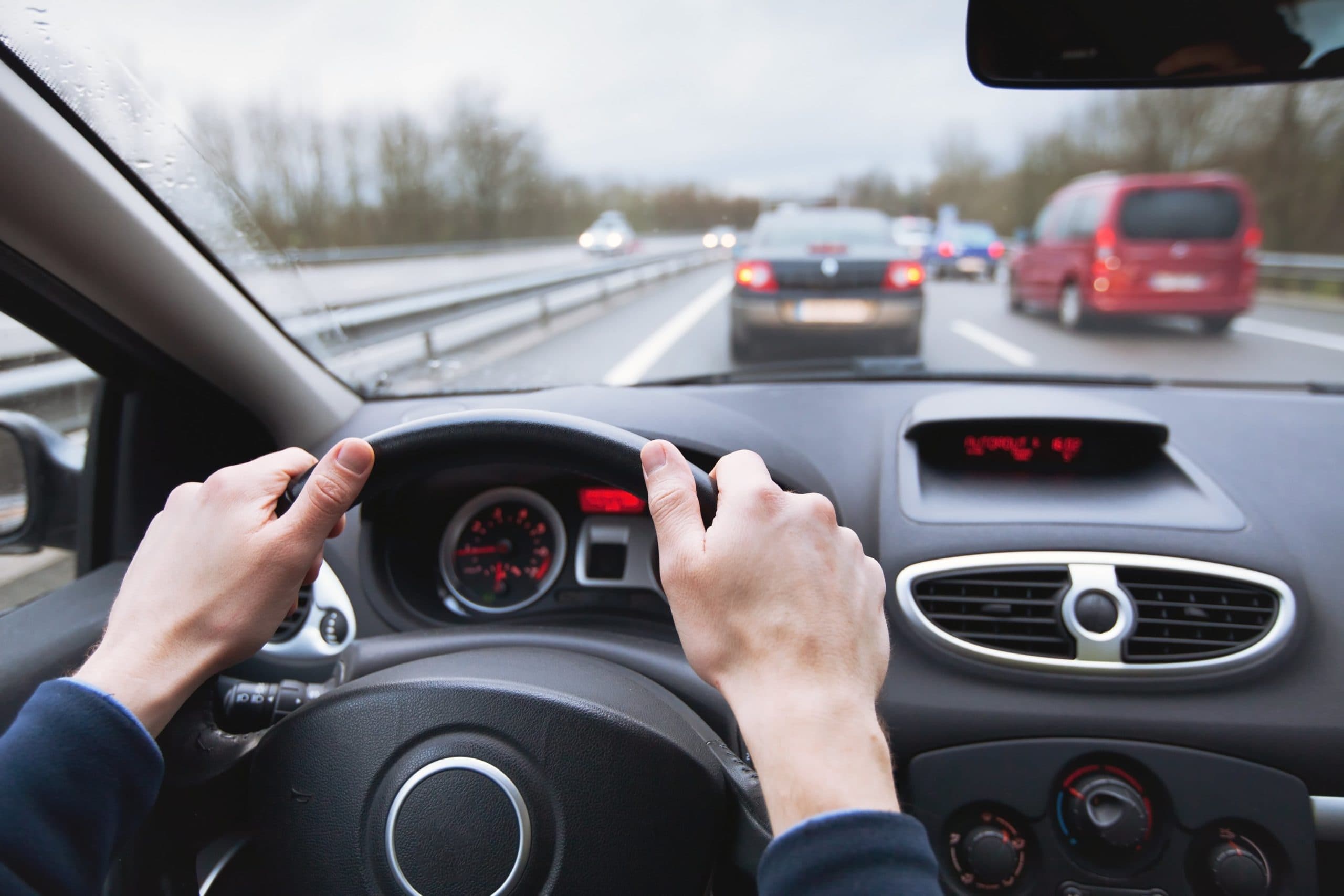
The highway unfolds before you, a ribbon of asphalt illuminated by the soft glow of your headlights. Rain streaks across the windshield, blurring the taillights of the car ahead into hazy red orbs. Inside, the radio hums a familiar tune, a comforting counterpoint to the rhythmic swish of the wipers. But a nagging thought surfaces: are you following too closely? At night, that margin for error shrinks dramatically, turning a safe daytime distance into a potential collision course.
Adjusting your following distance at night is not merely a suggestion; it's a critical safety measure rooted in physics and human perception. This article explores the science behind this crucial driving practice, offering practical advice and highlighting the potential consequences of neglecting it.
The Diminished World of Night Driving
During the day, our vision operates at its peak. We can perceive depth, color, and movement with relative ease. But as darkness descends, our visual acuity diminishes, and our peripheral vision narrows.
Night vision relies primarily on rod cells in the retina, which are sensitive to low light but less adept at distinguishing colors and details. This shift from cone-based vision (daylight) to rod-based vision (night) results in a significant reduction in our ability to perceive hazards.
According to the National Highway Traffic Safety Administration (NHTSA), fatal crash rates are significantly higher at night than during the day. This stark statistic underscores the increased risk associated with nighttime driving and the importance of adjusting our driving habits accordingly.
Headlight Limitations and Visibility
Our headlights are our primary source of illumination at night, but they have inherent limitations. Standard headlights typically illuminate the road for approximately 350 to 500 feet.
This range might seem adequate, but at highway speeds, it can be deceptive. The faster you drive, the less time you have to react to obstacles within that illuminated zone.
Furthermore, visibility can be significantly reduced by factors such as rain, fog, snow, and the presence of other vehicles' headlights. These conditions can create glare and further diminish our ability to see clearly.
The Three-Second Rule: A Daytime Guideline
During the day, the "three-second rule" is a commonly recommended guideline for maintaining a safe following distance. This rule involves selecting a stationary object on the road ahead (such as a sign or a bridge) and counting "one thousand one, one thousand two, one thousand three" after the vehicle in front of you passes it.
If you reach the object before you finish counting, you're following too closely. The three-second rule provides a buffer, allowing you time to react to sudden stops or unexpected hazards.
However, the three-second rule is generally considered insufficient for nighttime driving. The reduced visibility and increased reaction times necessitate a greater following distance.
Doubling Down: The Four-Second (or More) Rule at Night
Experts recommend increasing the following distance to at least four seconds at night. This increased buffer provides additional time to react to hazards that may be difficult to see in the darkness.
In adverse weather conditions, such as rain, snow, or fog, increasing the following distance to five or even six seconds is advisable. These conditions further reduce visibility and increase braking distances.
Consider it this way: imagine you are driving on a dry, clear day and the car in front of you slams on its brakes. Now, imagine that scenario at night, with rain pouring down. Which scenario allows you more time to react? The answer is obvious, and the increased following distance provides that crucial extra time.
Factors Influencing Following Distance
Several factors beyond darkness and weather should influence your following distance. These include your vehicle's braking capabilities, the condition of your tires, and your own physical and mental state.
If you're driving a vehicle with worn tires or a heavy load, you'll need a greater following distance to compensate for the increased braking distance. Similarly, if you're feeling tired or distracted, you'll need more space to react safely.
Defensive driving techniques emphasize anticipating potential hazards and maintaining a safe cushion of space around your vehicle. This proactive approach is particularly important at night when reaction times are slower and visibility is limited.
Practical Tips for Maintaining a Safe Following Distance at Night
Maintaining a safe following distance at night requires conscious effort and attention. Here are some practical tips to help you stay safe:
- Check your headlights regularly: Ensure that your headlights are clean, properly aligned, and functioning correctly.
- Reduce your speed: Driving slower gives you more time to react to hazards and reduces your braking distance.
- Avoid distractions: Put away your phone, avoid eating or drinking, and focus on the road ahead.
- Be aware of your surroundings: Scan the road ahead for potential hazards, such as pedestrians, cyclists, and animals.
- Increase your following distance in adverse weather conditions: Rain, snow, and fog can significantly reduce visibility and increase braking distances.
- Take breaks when needed: Fatigue can impair your judgment and slow your reaction time.
The Consequences of Following Too Closely
Following too closely, also known as tailgating, is a dangerous and often aggressive driving behavior. It reduces the time you have to react to sudden stops or unexpected hazards and increases the likelihood of a rear-end collision.
Rear-end collisions are among the most common types of accidents, and they often result in injuries, property damage, and even fatalities. In addition to the physical consequences, tailgating can also lead to stress, anxiety, and road rage.
According to a report by the Insurance Institute for Highway Safety (IIHS), a significant percentage of rear-end collisions are caused by drivers following too closely. This statistic highlights the importance of maintaining a safe following distance at all times, especially at night.
Beyond the Numbers: A Mindset of Safety
Adjusting your following distance at night is more than just following a set of rules; it's about cultivating a mindset of safety and responsibility. It's about recognizing the limitations of our vision in the darkness and taking proactive steps to mitigate the risks.
It's about understanding that driving is a privilege, not a right, and that we have a duty to protect ourselves and others on the road. By adopting a defensive driving approach and maintaining a safe following distance, we can significantly reduce our risk of being involved in a collision.
Consider the peace of mind that comes with knowing you've taken every precaution to ensure your safety and the safety of those around you. That peace of mind is invaluable, and it's worth the extra effort to adjust your driving habits accordingly.
Conclusion: A Journey of Safe Night Driving
As the night deepens and the road stretches ahead, remember the importance of adjusting your following distance. It's a simple yet profound adjustment that can make all the difference in ensuring a safe journey.
Embrace the darkness with awareness, increase your following distance, and drive with a conscious focus on safety. The road ahead may be shrouded in shadows, but with the right precautions, you can navigate it with confidence and arrive at your destination safely.
So, the next time you find yourself driving at night, take a moment to check your following distance. Add a few extra seconds, breathe easy, and enjoy the ride. Your safety, and the safety of others, depends on it. And remember, a safe arrival is always the best destination.

